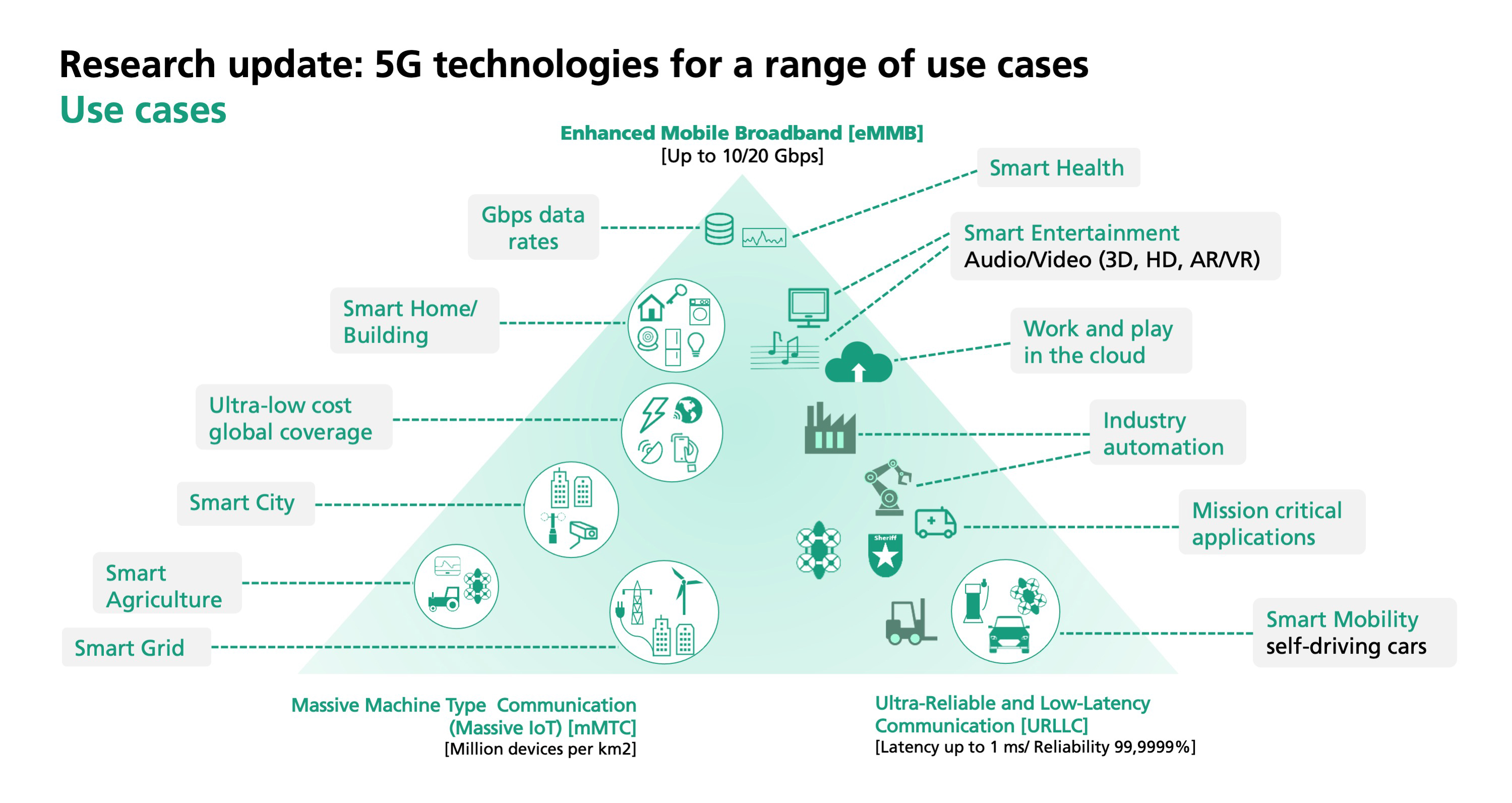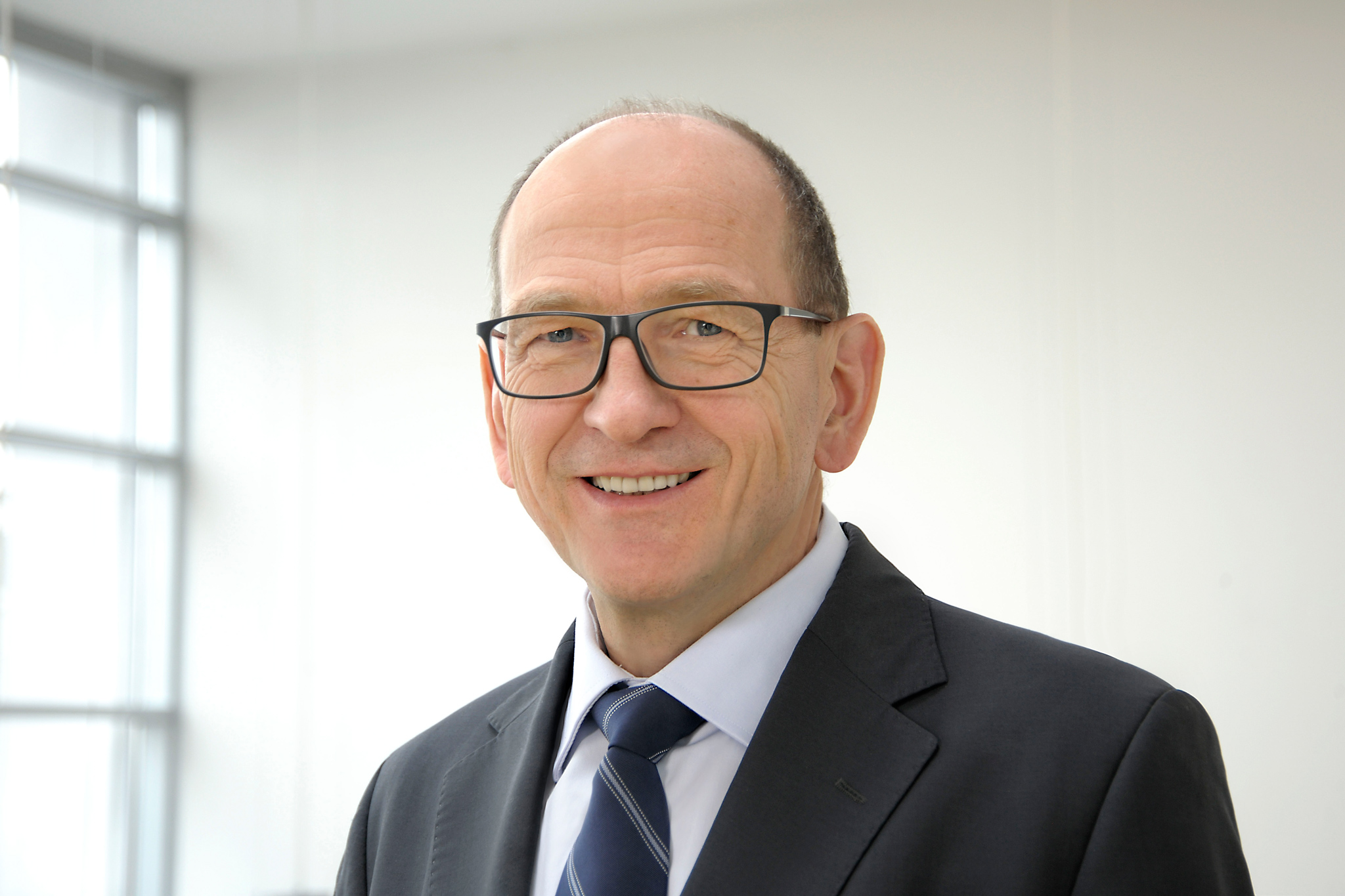In Germany, Fraunhofer IIS is involved in expanding the 5G model region that covers Braunschweig and Wolfsburg. What are you aiming to achieve here?
Albert Heuberger: The model region is a joint project run together with the German Aerospace Center (DLR), TU Braunschweig and the National Metrology Institute of Germany as research partners alongside a number of business partners. The German Federal Ministry of Transport and Digital Infrastructure is supporting the project with 12 million euros in funding.
Fraunhofer IIS acts, among other things, as technical coordinator. This means we form the interface between the mobile network operator and the users. Besides this, however, we work on 5G technologies for all kinds of use cases in our own research projects.
Research is focused on the role of 5G in the context of a smart city and smart region. We will road-test key issues relating to the 5G technology here. High-tech innovations result in exciting projects, which in turn give way to interesting alliances between industry, trade and research that appeal to specialists and skilled professionals.
What opportunities does 5G positioning open up?
Albert Heuberger: New radio (NR) positioning makes positioning more precise. The technology therefore brings about significant improvements for existing use cases, such as mobile industrial robots, and amplifies their possibilities. Our aim is to evaluate and realize the potential of 5G NR positioning. To this end, we have carried out a major study on behalf of Deutsche Telekom and put practical implementation to the test in a joint research project. Deutsche Telekom works closely with customers and partners here to identify and implement the use cases that could benefit from LTE and 5G NR positioning.
Further information: High-Precision Positioning in 5G
How, specifically, might 5G be used in the industrial environment?
Albert Heuberger: Fraunhofer IIS is currently drafting guidelines together with the Mechanical Engineering Industry Association (VDMA) and its member companies on the use of 5G in machine and plant construction. VDMA members define and describe applications that should be considered and specify key topics. Fraunhofer IIS is coordinating the preparation of the guidelines and contributing the necessary 5G know-how. Key topics include establishing the infrastructure, operating campus networks, 5G in production and 5G as a product interface. The guidelines will help VDMA members improve their production processes through the integration of 5G.
How does the 5G Bavaria initiative benefit applied research and your customers?
Albert Heuberger: The Fraunhofer IIS 5G Bavaria initiative supports the transition from research and standardization to real-life application, specifically comprising a test center at Fraunhofer IIS in Erlangen and a number of test beds in Bavaria. The project is sponsored by the Bavarian Ministry of Economic Affairs, Regional Development and Energy.
The Fraunhofer IIS test center is the first port of call for implementing planned 5G applications. We simulate new transmission technologies, for example to predict whether they meet the requirements of planned use cases, or to compare the performance of different technological approaches.
If the simulation reveals promising results, the first hurdle has been overcome. The next step is emulation, i.e. testing the wireless technologies in real time under as realistic conditions as possible. This is done by using special software and hardware to simulate real transmission situations and conditions. Users receive quick feedback in the test center on the usability of 5G for their specific requirements, allowing them to develop possible improvements for their applications at an early stage.
In addition to the 5G test center, we are also laying the foundations to set up and operate an Industry 4.0 test bed in Nuremberg as well as an automotive test bed in Rosenheim. Moreover, a pilot study is planned for a 5G satellite test bed.
Such test beds allow users to try out specific use cases with 5G technology to test the possibilities and limits of 5G – despite the restricted availability of 5G at present. The 5G testing environments incorporate real infrastructure such as city areas, roads and highways and industrial facilities to establish initial small-scale 5G applications.
The test beds can be used by companies, universities and research facilities for field tests. They are also available for use in public research projects.
Further information: 5G Bavaria

